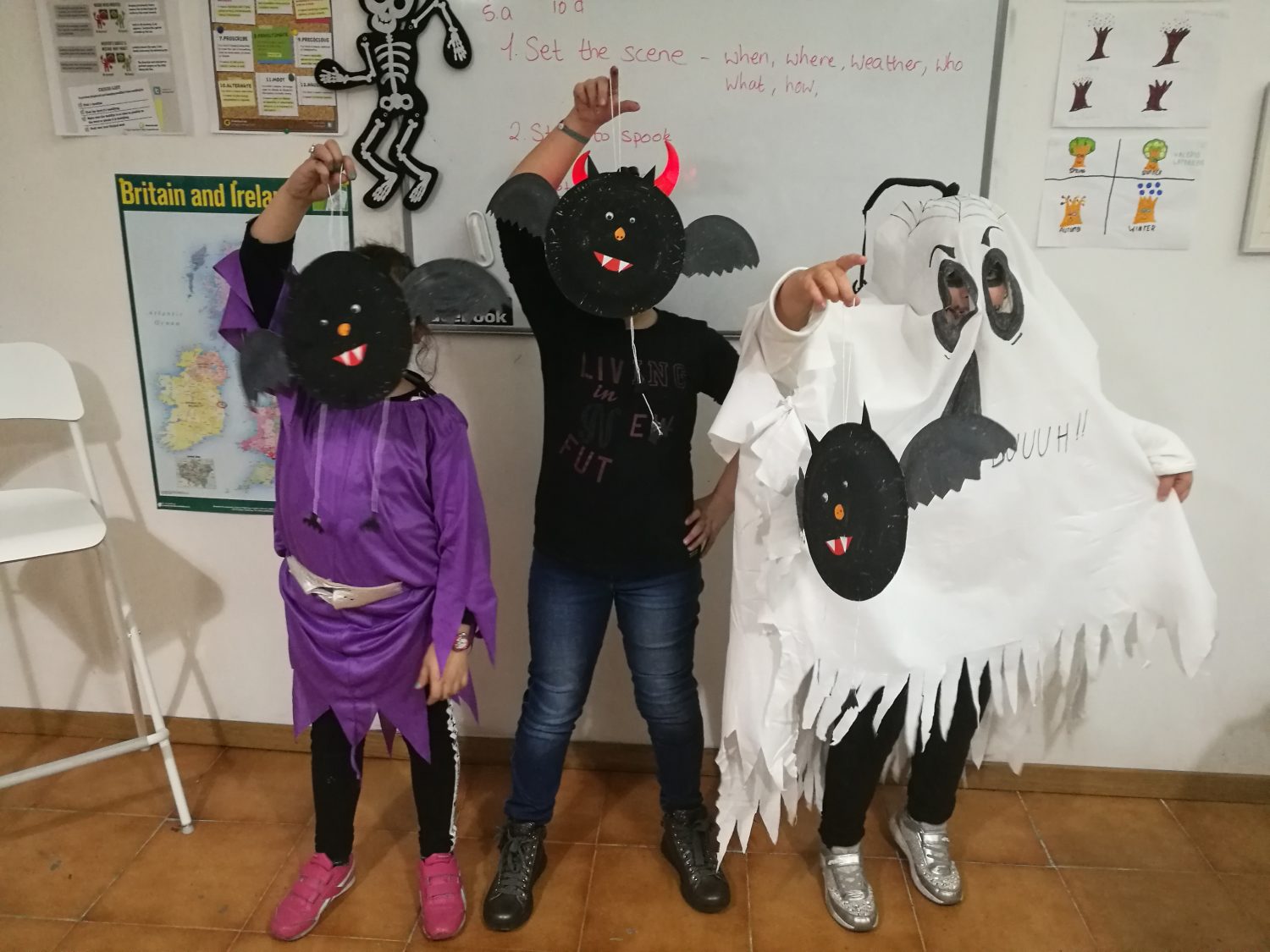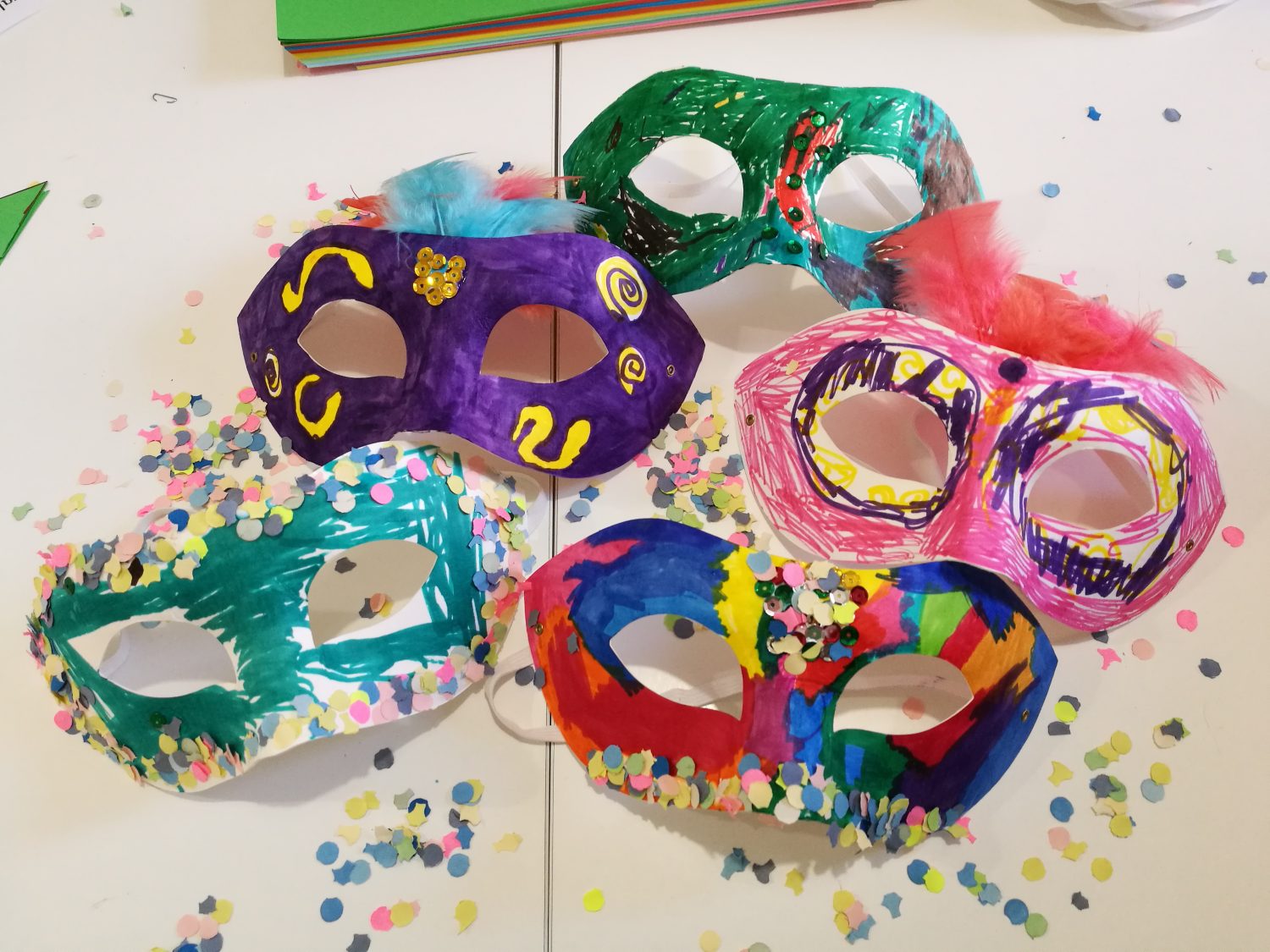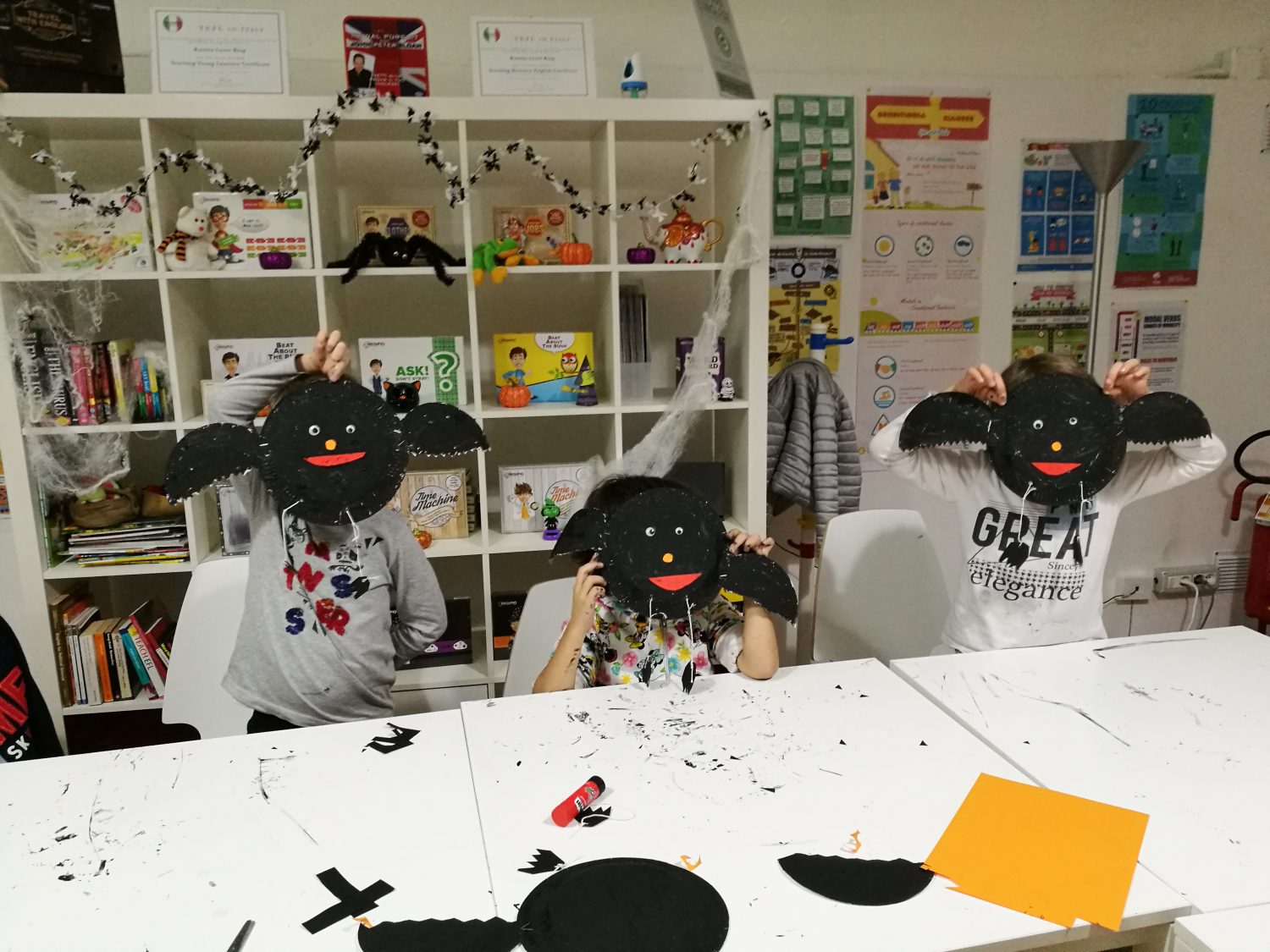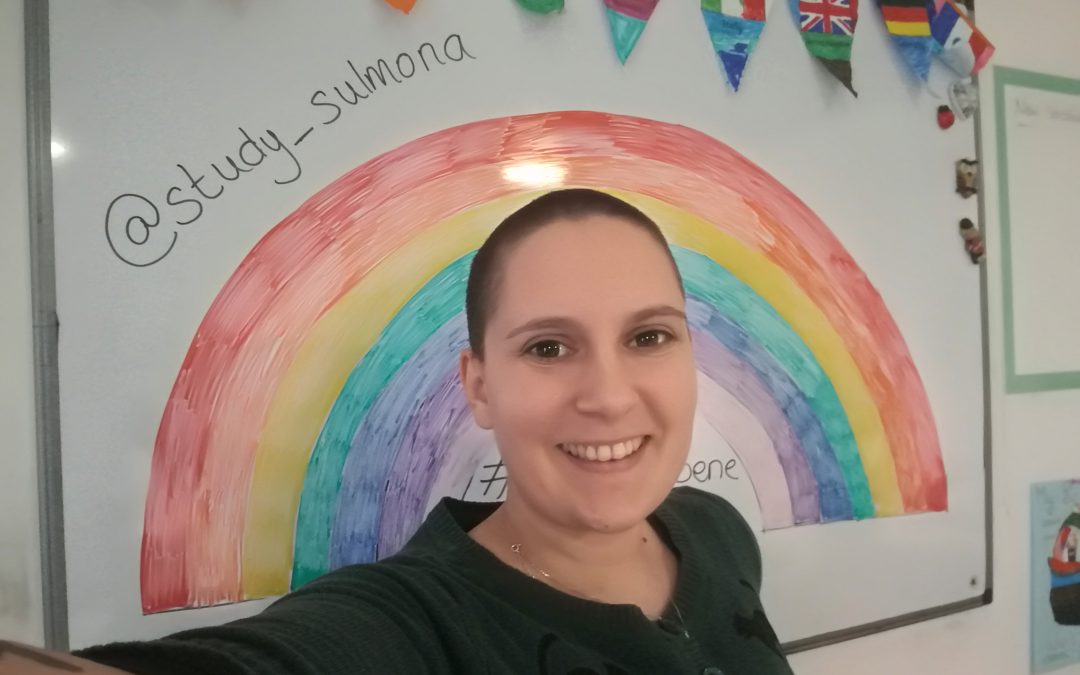When I speak to colleagues about why they enjoy working with young learners, I often hear responses such as “I’ve always wanted to work with children”. As the owner of a language school focusing on teaching children and teenagers, many people are surprised to discover that at the beginning of my career, I had absolutely no intention of working with young learners!
My teaching career started while I was still at university. To complete my undergraduate degree in French and Spanish, I had to spend time in a French or Spanish speaking country. I chose to take part in the British Council English Language Assistants programme and was placed in a high school in the Canary Islands for nine months. While at school, I had dreamt of becoming a modern languages teacher in the United Kingdom. I wanted to inspire future generations of linguists the same way my teachers had inspired me. However, while on assistantship at the high school, I vowed never to work with teenagers again! They didn’t listen. They talked over you during the lesson. In short, they were disruptive and disobedient. It was simply too much for the 20-year-old me. During this time, I had also spent some time volunteering at an adult education centre. The students were responsive, interested and eager to learn. Yes, that’s who I wanted to teach.
A challenging start
Six years later, in January 2014, I embarked on my first position as an English teacher, finally feeling ready to embark on my chosen career. I would be working at a small language school in Italy and even though I didn’t speak a word of Italian, I was eager to get started. I still remember the nerves I felt each time I had to meet a new class. What I hadn’t realized before accepting the post was that the majority of my students would be children or teenagers. I’d had no training to prepare for teaching YLs and received very little support from the management. I’m not ashamed to admit that the first few years of YL English lessons were not my favourite. We were told to teach from a coursebook. Lessons were dull and uninspiring. I had problems with classroom management, and I would often end up frustrated after just one hour. I had no idea what was expected of me and no idea if my students were learning anything.
It wasn’t all bad though. I had some fantastic classes where the children and I would thoroughly enjoy ourselves. However, the majority of the time I dreaded teaching YL classes, especially when I had to teach in local primary schools. In fact, back in 2016 I wrote a blog post saying, “Teaching small kids is my least favourite aspect of my job. I have not been trained for it, so it’s basically been on-the-job training, learning as I go, which is pretty hit and miss. Today was definitely more of a miss.” Yes, I can honestly say I was not a natural-born YL teacher. That blog post referred to a lesson in a local primary school that was so stressful, I had a nosebleed in the middle of it…
New beginnings
By summer 2018, I was feeling burnt out and frustrated with my dream career. I’d learnt a lot through trial-and-error about what works well in YL English lessons, but my work had become repetitive. The school fostered a negative atmosphere, and I wanted out. It was time for a change. So, without much of a plan to fall back on, I left the school. One month later I attended a weekend course on teaching English to young learners. For the first time since I’d started teaching, I was in a room full of people who were actually excited about teaching children. Their enthusiasm was contagious. We spent two days learning about the methodology behind teaching young learners, and best of all, we took part in workshops where we were able to put our new ideas into practice.
That summer, I made ends meet by teaching adults at a private language school, as well as tutoring some high school students who had to re-sit their English exam. I didn’t have much opportunity to put my new skills into practice until September, when the owner of a small language school offered me some young learner classes. I finally had an opportunity to build on what I had learnt. I accepted the challenge and from the beginning, decided not to use a coursebook. Instead, I extended the content that the children were focusing on at school. The parents / caregivers had made it quite clear that they wanted their children to speak and use English, and there was to be no homework! There were five children in my first group and the lessons were just 45 minutes. The students were all in the same class at school, so I drew inspiration from their school coursebook and created games or found songs to support what they were learning. I spent hours reading English teaching blogs and social media posts to find out what activities would work well in the classroom.

Finding my own style
A major problem in public school teaching is that children are not given nearly enough opportunities to express themselves in English. There are a number of reasons for this, ranging from a lack of time to teachers being worried about their classes getting out of control. Therefore, I decided to focus on communication skills in my lessons. I really wanted the children to use what they had learned. Unlike in my previous school, I decided not to use a coursebook in any of my courses. I wanted to personalise my lessons and not simply tick off exercises in a book. This meant I had a lot more preparation, but it allowed me to get creative, which is something I thoroughly enjoyed. It challenged me to get out of my comfort zone and come up with activities that my YLs would love.

In my experience, too much language teaching in Italy focuses on grammar. Most English language coursebooks still try to explain grammar rules to children, for example when to use present simple and when to use present continuous. This is not something my young learners are capable of understanding, especially because a lot of the time they use present simple in Italian to refer to an action they’re doing at the moment. This focus is not enjoyable or effective, and I wanted to show the parents / caregivers that their children could learn English and communicate with each other while also enjoying it! My mission is now very much to get children to fall in love with language learning, just like I did when I was at school.
Being on a YL mission
So, what is it about teaching young learners that made me completely change direction and go from being a reluctant YL teacher to a YL teacher on a mission?
- You can find your inner child. For a few hours a day, I get to forget about the stresses and strains of adult life.
- Every lesson is different. Each child has their own interests and personality, which emerge during the English lessons.
- You can unleash your creativity. I absolutely love planning crafts, finding songs and activities to make my lessons enjoyable and engaging.
- Children don’t have preconceived notions of what or how they should learn. Children don’t ask why something is this way in English if it’s this way in Italian.
- Children are often enthusiastic and not afraid to make mistakes. My students know that they can make mistakes in my classroom and nobody will judge them. This makes them more open and eager to speak English.

Some final thoughts
Perhaps 2019 wasn’t the best time for me to start a new language school. Covid-19 has really forced me to adapt even more and take my teaching online. However, my story is proof that you do not need to be a “natural” YL teacher – you can become one.

